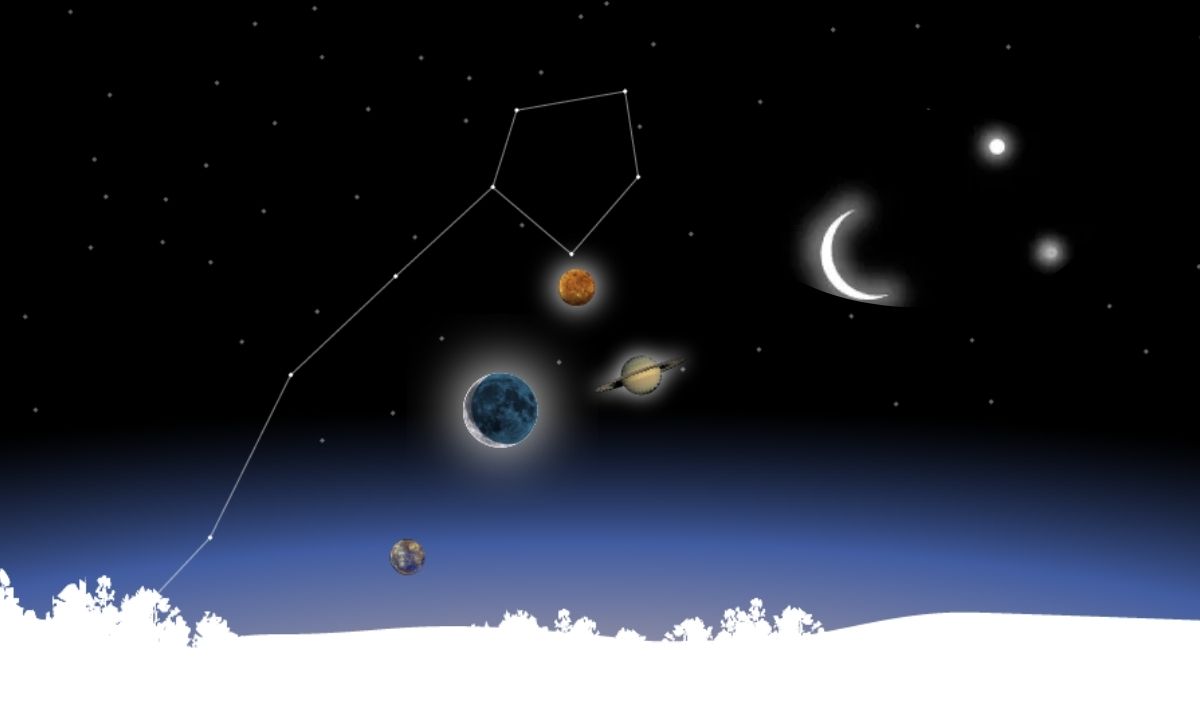A new study suggests that dark energy, the mysterious force causing the universe to expand faster, could be linked to a quantum structure of space-time. This exciting idea may finally offer proof for string theory, a concept physicists have debated for decades.
Dark Energy Is More Mysterious Than We Thought
What if space-time itself is the reason?
Dark energy was discovered in the late 1990s. Scientists believed it was a constant force filling space. But new data from the Dark Energy Spectroscopic Instrument (DESI) shows the universe’s expansion might be slowing down. This can’t be explained by current physics models.
String Theory Offers a Radical Explanation
Looking deeper into the fabric of space
To find answers, physicists turned to string theory. They used it to describe space-time not as smooth but made of tiny quantum pieces. In this model, space and time are built in a way where even the order of coordinates matters. This structure naturally creates the accelerating universe we observe.
Why This Could Be Real Evidence of String Theory
Connecting the smallest and largest parts of the universe
The data matches what string theory predicts: acceleration that slows over time. If true, this would be the first strong evidence supporting string theory, which many thought could never be proven by experiments.
A Bridge Between Quantum and Cosmic Worlds
From the tiniest Planck scale to the universe itself
The study connects two opposite ends of the size spectrum: the very tiny Planck length and the vast universe. This is extremely rare and could change how we understand gravity and quantum mechanics.

Future Experiments Could Confirm the Theory
Testing string theory on a tabletop?
The scientists aren’t stopping here. They’ve suggested small lab experiments to look for quantum interference patterns. These could provide more proof in just a few years, turning abstract ideas into real-world discoveries.
What This Means for the Future of Physics
A new chapter in space-time research
If these findings are proven true, they will reshape how we understand dark energy and space-time. It would also give string theory the observational support it has always needed, marking a major shift in modern physics.








